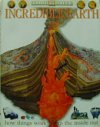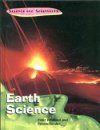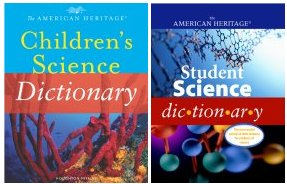Deep Drilling at Sea Additional Information
You can learn more about the JOIDES Resolution drillship and its expeditions at www.oceandrilling.org (Integrated Ocean Drilling Program).
Information about the expedition of the JOIDES Resolution off the coast of British Columbia can be found at www.oceandrilling.org/Newsroom/releases/exp_301_end.html (Integrated Ocean Drilling Program).
Sohn, Emily. 2004. Ringing Saturn. Science News for Kids (July 28). Available at http://www.sciencenewsforkids.org/articles/20040728/Feature1.asp.
Teacher’s guides and other classroom materials about the JOIDES Resolution and its expeditions can be found at www.iodp-usio.org/Education/Educ.html and www-odp.tamu.edu/public/promomat.html (Texas A&M University). Information about the “Teacher at Sea” program is available at www.iodp-usio.org/Education/TAS.html(JOI Alliance).
Books recommended by SearchIt!Science:
 |
Incredible Earth — Nick Clifford
Published by DK Publishing, 1996.
You walk on Earth every day, but what do you really know about it? This book uses full-color cutaway illustrations and detailed captions to explain the different layers of Earth, why earthquakes happen, and what people do to try to prevent floods. Other topics include geysers, glaciers, and the bottom of the ocean. |
 |
Earth Science — Peter Pentland, Pennie Stoyles
Published by Chelsea House, 2003.
Have you ever wondered why earthquakes occur in certain places? Do you know how volcanoes are formed? What causes the weather? These questions, as well as many others, are addressed in this book about our planet. Find out how thunderstorms develop. See photographs of the Earth’s atmosphere. Learn about the layers of earth underneath your feet. Complete with breathtaking photographs, satellite images, and diagrams, this book will make you look at the day-to-day operations of our planet a bit differently. |
Power Words
microorganism A living thing that can be seen only with the aid of a microscope. Bacteria and protozoans are microorganisms.
photosynthesis The process that allows green plants and some algae and bacteria to make sugars from water, carbon dioxide, and sunlight. The plants and other organisms use the sugars as food and release oxygen into the air as a waste product.
Copyright © 2002, 2003 Houghton-Mifflin Company. All rights reserved. Used with permission.
